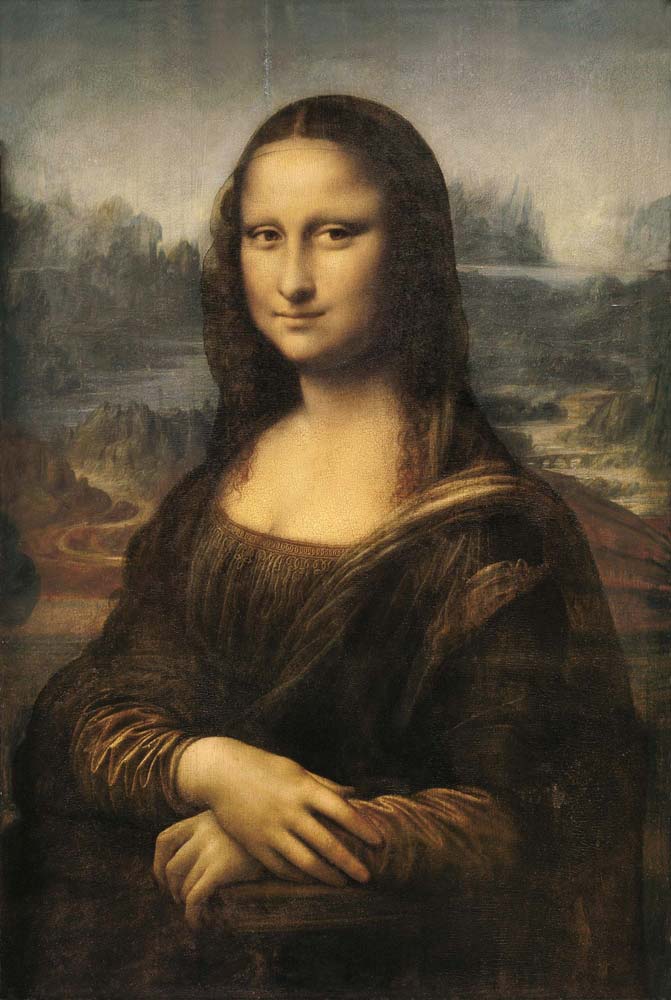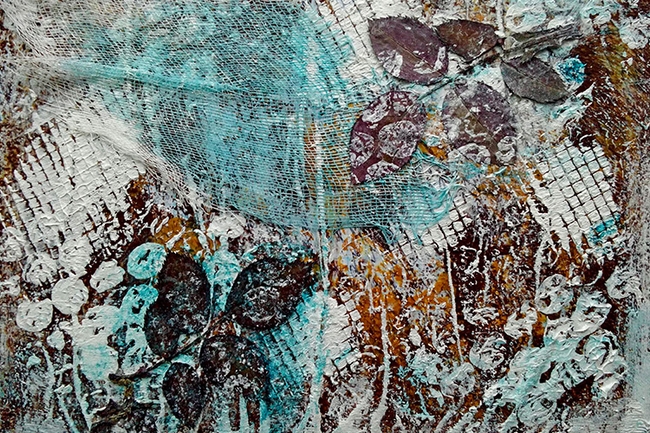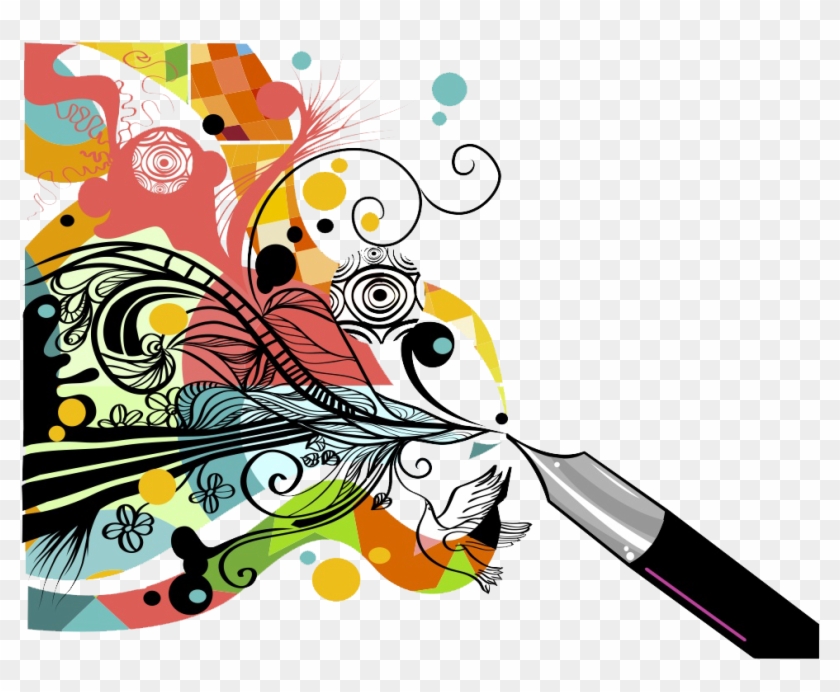History of Media Arts
"To Define Arts is to Define a whole new language"
Media arts is like a type of art in which humans expressed themselves through technology and media but also through a way of interactive art. Such as digital art, photography, film, etc. This blog post will be explaining and talking about the evolution of media arts, but arts in general.
So let's go all the way back in time, 10,000 to 12,000 years back, around 40,000 - 4,000 B.C. The first form of art shown with evidence is drawings and paintings etched on rock surfaces and on the walls of caves. These drawings were a way of telling stories and legends of some sort to others who would pass by. These were called Petroglyphs or called
Rock Art. People cherished these paintings and kept them safe in places like the Petroglyph Museum. You can still physically these paintings around the globe like in the Spanish Ship, in East County, San Diego, and Judaculla Rock, in Cullowhee, North Carolina.
Soon people developed this type of art into the art we call, Ancient Art. This was used around 30,000 B.C to 400 A D. We commonly address this to a more evolved version of rock art and are drawn with more detail and more meaning. People also drew this with strange letters, as people then have also developed a type of strange writing. People often refer to the myths and legends drawn on the walls in Egypt but they were used for other cultures and ancient societies and can be found in China, India, Mesopotamia, Persia, Greece, Rome, and many more.
Around 500 A D - 1400, art became well developed. Eventually, the walls used were soon much more decorated and the painting was more detailed. It was in this age of art where people have invented mosaics and a way to do a portrait with different colours of glass put together and even with different types of decorated metals. This age was called Medieval Art. This was a big impact on religions especially Christianity since they took advantage of this and covered their place of worship with mosaics of Jesus and his story. Many still use these decorated metallic works and mosaics today in any local church.
In 1400 - 1600, the Renaissance art period was occurring. This period was a big thing for people, especially in Europe, and how they developed from the Middle Ages to Modernity since it was in the 14th, 15th and 16th centuries, and in which people still hold these paintings today in museums and worth millions of dollars.

Eventually, the red and black pigments used in the olden times were soon evolved into the types of paints that we use today. Not until the 16th century did people really start painting in a way we are now used to. More than 400 years ago did people thought of painting on canvases. They took this as an advantage as a way to start painting portraits and beautiful scenes. The most famous and recorded paintings are the
'Mona Lisa' by Leonardo Da Vinci and
'The Starry Night' by Vincent Van Gogh.
But this art period didn't only feature portraits and scenes. In Ancient Greece and Rome, they took this into effect into paintings which were to forever go down in history to recall them. They painted scenes of their gods and memorable people in their culture. They hung up these paintings and memorable ones around their place of worship. Statues were also made to acknowledge rememberable people. It was really common around those times to have a talent for carving and making statues. There are a few statues that still stand today and they are usually Emperors of the regions.
One very important thing in this time is that people finally started considering art as a career and many people followed this path. They would paint fabulous paintings of portraits and scenes and would go and sell them for money to make a living. Some artists which went down in history are Vincent Van Gogh, Michelangelo, Leonardo Da Vinci, Claude Monet, and much more.
As this art period was soon over, people still drew Renaissance in 1524 - 1580 and we recognize this art as of late Rennaissance or Mannerism. It was basically the same type of art but a little more advanced in the last stages of this period. People still drew fabulous paintings and made some spectacular portraits with the same art style.
In the years 1699 - 1780, Neoclassicism was one of the most skillful types of art to be painted. The word, νέος or nèos meaning 'new' in Greece and κλασικός klasikόs meaning ' of the highest rank'. Instead of drawing basic portraits, they drew poses and movements usually of subjects related to war or interactive movement.
"Neoclassicism was a Western cultural movement in the decorative and visual arts, literature, theatre, music, and architecture that drew inspiration from the art and culture of classical antiquity."
Neoclassicism was an advanced type of art that showed symbolism and meanings through the drawn actions on the canvas. Some paintings which are still showcased in national museums are Virgil Reading to Augustus and Oepedus and the Sphinx.
Realism was one period of art and style that would focus on every single tiny detail and this period extended from
1848 - to 1900. People focused on this type of such little time because how it was a type of art that focussed on matter which would only occur in the real world. They avoided any fictional scenes or any supernatural elements. This was the style of art you would find on the cover of a cereal box in the 1900s. This was still very impressive and was common to have this type of skill. Some famous artworks were
The Gleaners and
The Horse Fair.
People in this time soon started to use, not only paints on canvases but also oils. This is still widely popular and is a common tactic to use today.
Impressionism soon took over the period for art in
1865 - 1885. This type of art was more relevant and free and people would usually draw scenes of nature unbothered or maybe some rural areas if in which it consisted people in the painting. It would capture beautiful moments, not many would notice with their eyes and they would express it on a canvas. Some famous artworks from this period are
Women with a Parasol - Madame Monet with her Son and
Haystacks. To a closing in the period for this type of art, there was a time where this was called Post - Impressionism in
1885 - 1910.
And from that, eventually, there came modern arts, which there are more types than just one. We now see that art is not just a painting on a canvas, but also anything which shows any expression such as literature and film.
Before people saw art as a way of following rules and sort of like a way of following the rules of a book but that was changed eventually and people saw it as a way to express your individuality and the spirit inside of you. This eventually introduced different types of art such as visual arts (like painting), painting, graphic design, illustration, literature, architecture, and media arts.
To see the Modern Arts section in a painting gallery in a museum, would show all kinds of arts for art has become whatever we imagine. There is that there are many ways to and many things to capture. People nowadays don't follow a specific period like how every period had its own style. People have different types and different ways to express themselves. There is painting, drawing, sculpting, needlework (crochet and knitting), drama, music, creative writing, photography, and even dance. These simple art forms have become a majority in our world today as they all can be considered a career and let people continue to do what they love.
Now finally coming to our main topic, media arts. Unlike art in general, they don't have that big of history and were only introduced to this world recently. Even in such a short time, media has changed the way we think of art and has evolved massively. It all started a few decades ago.
In the year 1982, when digital art was first used. In that year, computer engineers finally thought of adding a paint program to computers. The first paint program ever generated was called AARON. This eventually inspired others to make more computer-generated programs but with more skill and advanced settings.
But Media Arts doesn't necessarily have to come from computers since there are many other basic technologies such as a camera for photography, but overall, computers have helped us look at art differently.
Even in photography, computers have changed their perspective since they have even developed programs to change and add new features and elements for pictures. These programs are called photoshop and some very commonly used ones are Adobe Photoshop and Coral Painter 2002.
Even people have transformed digital art into moving pictures, what we call animation and this has become a big thing, especially in animated T.V shows and movies. Even video games contain a little animation and are also considered a type of media art. Some of these have a history before 1982 but were only considered as art a few decades after. Many people took these opportunities as their careers
and are commonly chosen among the youth.
There is another category for media arts, New Media Arts. The term is used today to explain the type of new technology invented recently and art done on them.
So to define media arts again...
Media Arts is a type of art that we express digitally, but also interactively.
So Art overall isn't just looking at a potrait, but following the spirit inside of you and that has a whole new meaning and inspiration hidden within the paints. That is considered Art in the moden world.
My Experience -
I tried lots of these types of art such as painting, drawing, needlework, photography, and lots more. Some of my favourite and desired ones are creative writing, drawing, and photography. I love how there are many ways to express art rather than only painting and how everyone would follow their own path instead of doing only one type to satisfy everyone and to look at art as an open-minded activity.
I hope you learned a little of art's history and stay updated for any new posts.
Stay Knacky!
Resources
“Ancient art.” Wikipedia, https://en.wikipedia.org/wiki/Ancient_art. Accessed 9 February 2022. Botticelli, Sandro. “Renaissance.” Wikipedia, https://en.wikipedia.org/wiki/Renaissance. Accessed 9 February 2022.
“Impressionism.” Wikipedia, https://en.wikipedia.org/wiki/Impressionism. Accessed 9 February 2022.
Maddison, Angus. “Medieval art.” Wikipedia, https://en.wikipedia.org/wiki/Medieval_art. Accessed 9 February 2022.
- Matisse, Henri, et al. “Art History Timeline: Western Art Movements and Their Impact.” Invaluable.com, 4 June 2021, https://www.invaluable.com/blog/art-history-timeline/. Accessed 9 February 2022.
“Neoclassicism.” Wikipedia, https://en.wikipedia.org/wiki/Neoclassicism. Accessed 9 February 2022.
“Petroglyph.” Wikipedia, https://en.wikipedia.org/wiki/Petroglyph. Accessed 9 February 2022.
Whittall, Mary. “Realism (arts).” Wikipedia, https://en.wikipedia.org/wiki/Realism_(arts). Accessed 9 February 2022.
 Eventually, the red and black pigments used in the olden times were soon evolved into the types of paints that we use today. Not until the 16th century did people really start painting in a way we are now used to. More than 400 years ago did people thought of painting on canvases. They took this as an advantage as a way to start painting portraits and beautiful scenes. The most famous and recorded paintings are the 'Mona Lisa' by Leonardo Da Vinci and 'The Starry Night' by Vincent Van Gogh.
Eventually, the red and black pigments used in the olden times were soon evolved into the types of paints that we use today. Not until the 16th century did people really start painting in a way we are now used to. More than 400 years ago did people thought of painting on canvases. They took this as an advantage as a way to start painting portraits and beautiful scenes. The most famous and recorded paintings are the 'Mona Lisa' by Leonardo Da Vinci and 'The Starry Night' by Vincent Van Gogh. 







Very Informative! The history of art is really a fascinating one! Impressionism is probably my favorite era. I love how you described Media Arts! Can't wait for your next blog post! =D
ReplyDeleteFull of good info, great pics and very neat!! =)
ReplyDelete